Task Manager revamp: 2x boost in productivity 💎
The background
Localize was a mid-sized company where I worked as a Product Designer from 2022 to 2024. This project aimed to enhance the efficiency and productivity of the Customer Success Team by redesigning the internal Task Manager tool.
Originally, the tool had been manually implemented into the system by developers rather than designers. The team for this project consisted of a PM, three developers, two data analysts, and myself as the lead Product Designer.
Final UI of the Task Manager redesigned
Before the redesign, the tool lacked any substantial design.
Quick overview of the project results
The problem
Users are missing the most important daily tasks.
Tasks are piling up quickly due to the default 'all for all' view, which lacks personalization.
The task completion rate is low, partly because of repetitive UX patterns.
Users cannot cover for other customer service team members from their own accounts.
Related metrics:
📊 Task Completion Rate - 52 tasks / day on average
📊 Response Rate - 10+ mins to wait until the message replied
📊 ART (Average Task Resolution Rate) - 20+ mins on average to resolve task
LocalizeOS SaaS model description
The Risks
Almost all important communication happens through Advisors and Associates.
As a result, users might be missing tasks and becoming frustrated
with the new UI.
We could reduce risks by:
⚠️ Gathering extensive feedback during the testing stages.
⚠️ Ensuring all stakeholders are informed about the new functionality through demos, guidance, and training.
⚠️ [Tech] Maintaining a backup of the previous version.
Defined User and Business Goals during project discovery phase
The research
Discovery
During this discovery phase, we maintained constant synchronization with the development team to identify both limitations and possibilities. Sketching and rapid prototyping are integral to our brainstorming sessions, fostering collaboration among the PM, design, and data team members.
The design research methods applied
◽️ User interviews
◽️ Shadowing sessions
◽️ FullStory video recordings
◽️ Benchmarking with other task manager tools
◽️ Looker analytics (Main KPIs comparison) with PM and Data team members
◽️ Survey about task completion, UX and effectiveness
Video interviews with 5 users from different user group types
👉 Additional information, files and research documentation can be presented and given upon request.
Ideation & Iteration:
🔍 Flow reviews & data check
Sync with the PM every few days to review all flows, including edge cases and scenarios. Involve the data team weekly for answers and insights.
🔁 Constant sync with dev team
Daily quick syncs on the project provided the ability to stay on top of all its processes.
💬 Design feedback
The weekly design meetings were partially dedicated to the project, where I could hear the thoughts of other talented designers.
One of the demo presentations with users.
👉 Additional information, All the team members are available for the recommendation letter or reference upon request.
UI Solutions for the problem
At this phase, creating UI drafts became essential for evaluating web responsiveness, usability, and design system components, as well as exploring other relevant features.
UI Patterns implemented
Main screen - Task Dashboard
1️⃣ Multi-selection on categories
2️⃣ Task detailed description
3️⃣ Task categorization + color indication
4️⃣ Inline editing
Filters & Task Creation
5️⃣ Flexible default state for customized filters
6️⃣ Identity card scan and approval
7️⃣ Pre-filled details for new task
8️⃣ Toast messages with CTAs (to view the task just created)
9️⃣ Extended search capabilities




Handoff
As always, there was a UI trade-offs too.
See examples of the UI trade-offs in the gallery below.








Conflicting expectations between user insights and business objectives.
Key takeaways
👉 The team's effort is incredible when everyone understands their role.
👉 Breaking a large task into smaller, manageable steps helps significantly minimize risks.
Thank you for reading this through. Feel free to request a design mentorship session with me for no cost on ADPlist, explore more of my career, and/or get in touch on LinkedIn.










